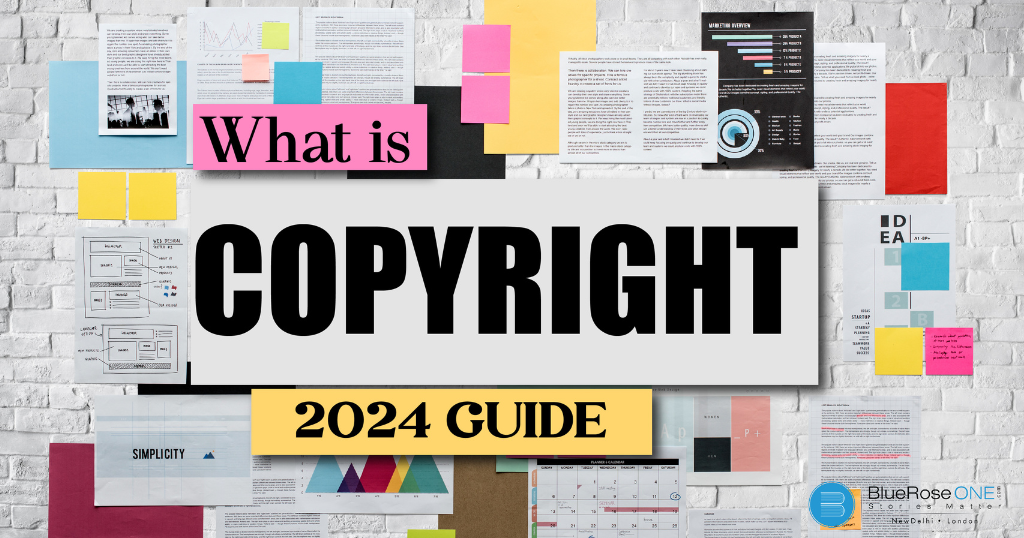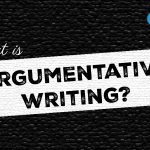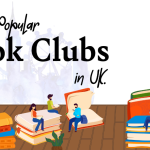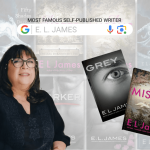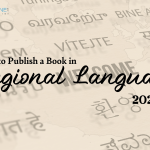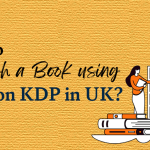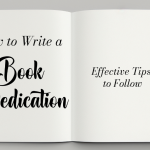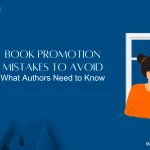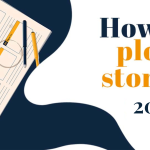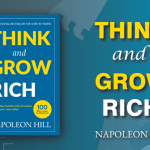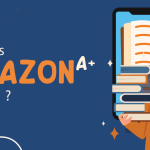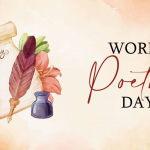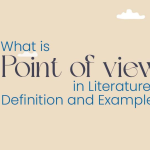In the vast and diverse field of literature, authors, publishers, and ardent readers all navigate a maze of complexities. Every stage of the process, from publishing a book to guaranteeing its protection under copyright law, is essential. In this in-depth blog post, we will examine the importance of listing, ISBNs (International Standard Book Numbers), and copyright, along with the procedures involved.
Section 1: The Power of Listing
The first and most important step in making a book accessible to a larger audience is listing it. Listing your book on several platforms is crucial for its visibility and reach, regardless of whether you are the author, the self-publisher, or a member of a publishing house.
Several online platforms and websites offer listings of books for readers, buyers, and sellers. Here are some examples:
- Amazon:
- Website: Amazon Books
- Amazon is a popular online marketplace that provides a vast selection of books in various formats.
- Goodreads:
- Website: Goodreads
- Goodreads is a social platform for book lovers where users can discover, rate, and review books. It also provides book listings.
- BookFinder:
- Website: BookFinder
- BookFinder allows users to search for new and used books, comparing prices across various online retailers.
- Google Books:
- Website: Google Books
- Google Books offers a vast collection of digital books and previews. Users can find information about books and authors.
- LibraryThing:
- Website: LibraryThing
- LibraryThing is a cataloging and social networking site for book enthusiasts, allowing users to create and share book lists.
- Book Depository:
- Website: Book Depository
- Book Depository is an international online bookstore offering free worldwide shipping for a wide range of books.
- AbeBooks:
- Website: AbeBooks
- AbeBooks is an online marketplace for books, specializing in rare and out-of-print books.
- Barnes & Noble:
- Website: Barnes & Noble
- Barnes & Noble is a large bookstore chain with an online platform where users can find and purchase books.
- Project Gutenberg:
- Website: Project Gutenberg
- Project Gutenberg offers over 60,000 free eBooks, including many classic literary works.
- Bookish:
- Website: Bookish
- Bookish provides book recommendations, reviews, and author interviews, along with a database of books.
When listing books online, it’s essential to choose a platform that aligns with your needs, whether you’re looking to buy, sell, or simply discover new titles.
1.1 Online Platforms
Online platforms serve as the lifeline that connects writers with their readership directly in today’s digital landscape. Big websites like Goodreads, Barnes & Noble, and Amazon work as worldwide billboards, giving writers the chance to post book details, build comprehensive profiles, and interact with readers by exchanging ratings and reviews. This digital space not only increases a writer’s audience but also facilitates quick and easy communication between authors and readers, making books easier to find in the large online book market.
1.2 Local Bookstores
Despite digital dominance, local bookstores retain an invaluable role in supporting authors within their communities. Particularly, independent booksellers provide a special opportunity for community involvement. Authors are able to prominently display and sell their works locally because of the consignment offers offered by many of these retailers. In addition to strengthening community support, this grassroots strategy gives writers a chance to create a physical presence and develop a more intimate relationship with readers outside of the virtual realm.
1.3 Libraries
Putting your book on library lists is a smart way to get it in front of even more people. Libraries are great places to get exposure because they are important centres of literature and knowledge. Authors can reach a wide range of readers who visit libraries for different literary purposes by being present there. In addition to increasing an author’s prominence, this exposure strengthens a book’s place in the larger body of human knowledge and storytelling by enhancing the cultural and educational fabric of communities.
You may also like: 10 Classic Flat Character Examples in Literature and Film
Section 2: Decoding ISBNs
Every edition and variation of a book is given an International Standard Book Number (ISBN), which is a unique identification. Getting an ISBN is important for a number of reasons, chief among them being the ability to track books and sales more effectively.
2.1 Understanding ISBN Components
The International Standard Book Number, or ISBN, is a 13-digit number made up of separate parts that provide unique details about a book. The prefix element, which indicates the language or place of publication, the registration group, which identifies the national or geographic entity, the publication element, the registrant element for the publisher, and a check digit that verifies the accuracy of the ISBN are among the components. These elements come together to create a special code that facilitates effective book tracking and identification across the international publishing and distribution network.
- ISBN-10 Format: This format consists of 10 digits.
- ISBN-10: 0-306-40615-2
- ISBN-13 Format: This format consists of 13 digits.
- ISBN-13: 978-0-306-40615-7
2.2 Importance of ISBNs
Global Recognition: ISBNs are globally recognised, which makes international sales and distribution easier. Language and regional boundaries are no longer an obstacle to the easy recognition and international exchange of books because of this uniform identifying system.
Cataloguing and Inventory: ISBNs are essential to the process of classifying books and keeping well-organised inventories. This meticulous tracking, which continues throughout the book’s lifecycle, enables publishers and retailers alike to maintain accurate records, streamline logistics, and manage inventory effectively.
Library Access: A lot of libraries throughout the world require ISBNs in order for books to be kept in their collections. This provision guarantees that libraries may efficiently index and categorise their collections, making it easier for users to seek and access specific books within the huge library of literary works.
You may also like: 10 Elf Name Generators Fantasy Writers Can’t Miss!
2.3 How to Obtain an ISBN
Obtaining an ISBN is a simple procedure that is usually handled by national ISBN agencies throughout numerous nations. Through these agencies, authors and publishers can start the application process online or by using a manual application technique. The allotted ISBN turns into an invaluable resource, giving writers and publishers a distinct identity that facilitates worldwide distribution and helps them handle their creative works in an organised and professional manner within the publishing industry.
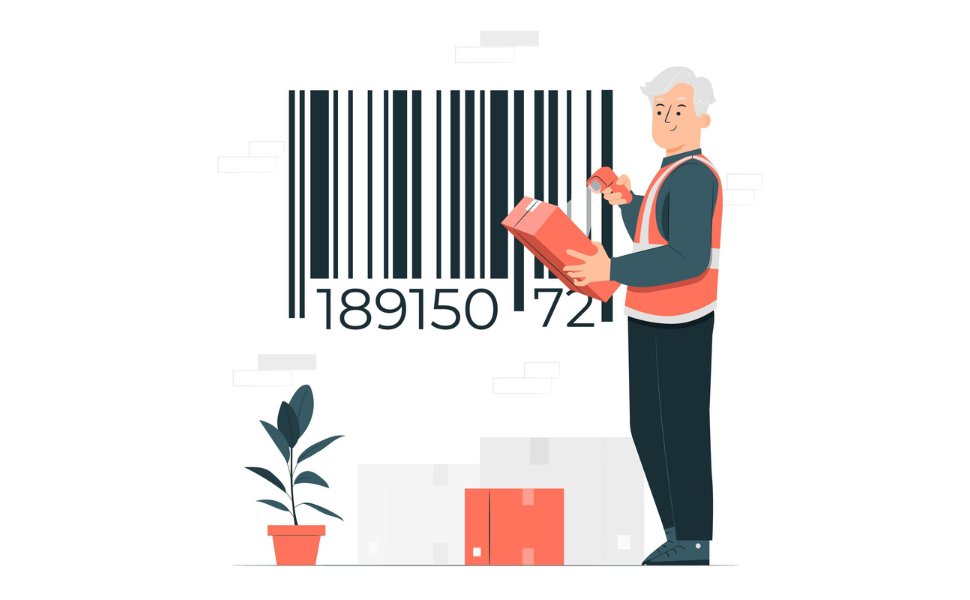
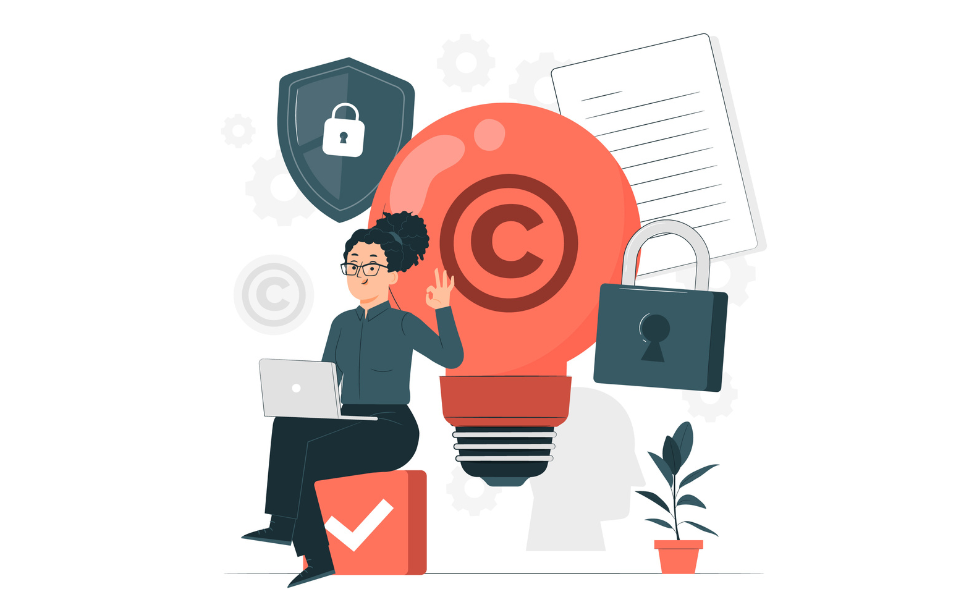
Section 3: The Copyright Conundrum
For writers, safeguarding their intellectual property is of utmost importance. Copyright acts as a shield to protect artists’ rights and makes sure their creations aren’t mishandled or exploited without authorization.
3.1 Understanding Copyright
A legal protection known as copyright gives authors the sole authority to manage how and where their original works are used and shared. This legal idea gives authors control over how their products are used and shared, including books. It also applies to literary works. It safeguards the intellectual property that is essential to creative endeavors by granting authors the authority to decide how their works are shared, copied, or changed by others.
3.2 Automatic Copyright
Copyright protection is granted immediately upon the creation of a work in many nations, including the United States. This implies that an author’s work is automatically covered by copyright the moment they put their thoughts into a written or typewritten form. Authors can streamline their workflow with this automatic protection, which protects their creative work right away without requiring them to register or submit formal applications.
Copyright protection automatically applies to original works of authorship, including books, as soon as they are created and fixed in a tangible medium. Here are some examples of how copyright applies to books:
- Literary Works: The text of the book, including fiction, non-fiction, poetry, and essays, is protected by copyright. This encompasses the plot, characters, dialogue, and other creative elements.
- Illustrations and Artwork: If the book includes original illustrations, photographs, or other artwork, these elements are also protected by copyright. The creator of the artwork holds the copyright unless they have transferred it to someone else.
- Cover Design: The design of the book cover is a creative work that falls under copyright protection. This includes the layout, graphics, and any other artistic elements.
- Translations: Translations of books into other languages are considered derivative works and are subject to copyright protection. The original work and the translation may have separate copyright holders.
- Compilations and Anthologies: Collections of works, such as anthologies or compilations, can be protected by copyright. This includes the arrangement and selection of the included works.
- E-books and Digital Content: In the digital age, e-books and other digital formats of books are protected by copyright. This includes the underlying text as well as any multimedia elements incorporated into the digital version.
- Series of Books: If a book is part of a series, the series as a whole may be protected by copyright. This applies to the unique elements and continuity within the series.
3.3 Registering Copyright
Though copyright automatically protects works, some authors register their works with copyright offices to gain additional benefits. A work becomes public record when it is registered, offering verifiable proof of ownership. This registration procedure, which is voluntary but expedites legal proceedings and grants authors the ability to sue for damages in cases of infringement, enhances their ability to enforce copyright. It adds another layer of legal support to the inherent protection that automatic copyright offers.
Section 4: Navigating the Intersection
4.1 ISBN and Copyright Connection
The relationship between copyright and ISBNs is essential to the literary community. International Standard Book Numbers, or ISBNs, are mostly used to identify books uniquely and make tracking and indexing them easier across the world’s distribution networks. It’s important to realise, nevertheless, that ISBNs do not grant copyright protection. The creative content of a book is protected by copyright, which gives the author the only authority to use and distribute it. The different responsibilities that these two components play in facilitating a book’s journey from production to audience are outlined by their symbiotic relationship.
Books that have ISBNs have an advantage in logistics since they can more easily navigate the complex supply chain. They make it possible to measure sales, manage inventories effectively, and guarantee accurate cataloguing in bookstores and libraries. ISBNs serve as a guide for a book’s online or offline distribution, but copyright safeguards the core of the work by prohibiting unapproved use or duplication.
4.2 Protecting Your Work
Since authors are at the nexus of creativity and business, it is critical to protect their intellectual property from all angles. Obtaining an ISBN guarantees that the writer’s creations can be located and recognised throughout the vast market. Copyright protection serves as a legal barrier that prevents the illegal use of the creative expressions contained in the work.
When used in tandem, the copyright and ISBN provide a strong barrier against possible infringements. ISBNs provide logistical control by guaranteeing the book’s appropriate placement in the marketplace, while copyright offers legal protection against anyone attempting to improperly profit from an author’s creative work. With this two-pronged strategy, authors are able to maintain control over the usage and distribution of their work in addition to sharing it with the public.
4.3 Avoiding Common Pitfalls
To effectively protect their creative creations, authors must traverse the complex network of copyright and ISBNs. Typical pitfalls include not obtaining an ISBN, not registering for copyright protection, and misinterpreting the terms of use on different publishing sites. By exercising acute awareness and careful navigation of the publishing ecosystem, authors might avoid these errors.
Important milestones in an author’s journey include understanding platform agreements, registering for copyright protection, and obtaining an ISBN. Understanding these components gives writers the tools they need to successfully negotiate the publishing industry’s complexity and guarantee that their artistic creations get the respect and protection they so well deserve.
Read: A Complete Pricing on How Much Does It Cost to Publish a Book in UK
Successfully negotiating the complex worlds of listing, ISBNs, and copyright is crucial in the literary world. In addition to utilising the influence of neighbourhood bookshops and libraries, authors and publishers need to embrace the digital age by listing their works on internet platforms. While copyright protection protects the intellectual property that is inherent in every book, the acquisition of ISBNs guarantees worldwide recognition and effective cataloguing.
Authors need to be aware of the ever-changing literary world and understand the nuances of copyright and ISBNs. By doing this, they reinforce the legal protection of their creative endeavours and guarantee the visibility and accessibility of their work. To fully realise the possibilities of one’s literary contributions in this dynamic journey, knowledge is essential.
Publish your book with BlueRoseONE and become a bestselling author. Don’t let your dream of becoming an author fade away, grab the opportunity now and publish your book – be it fiction, non fiction, poetry or more.

